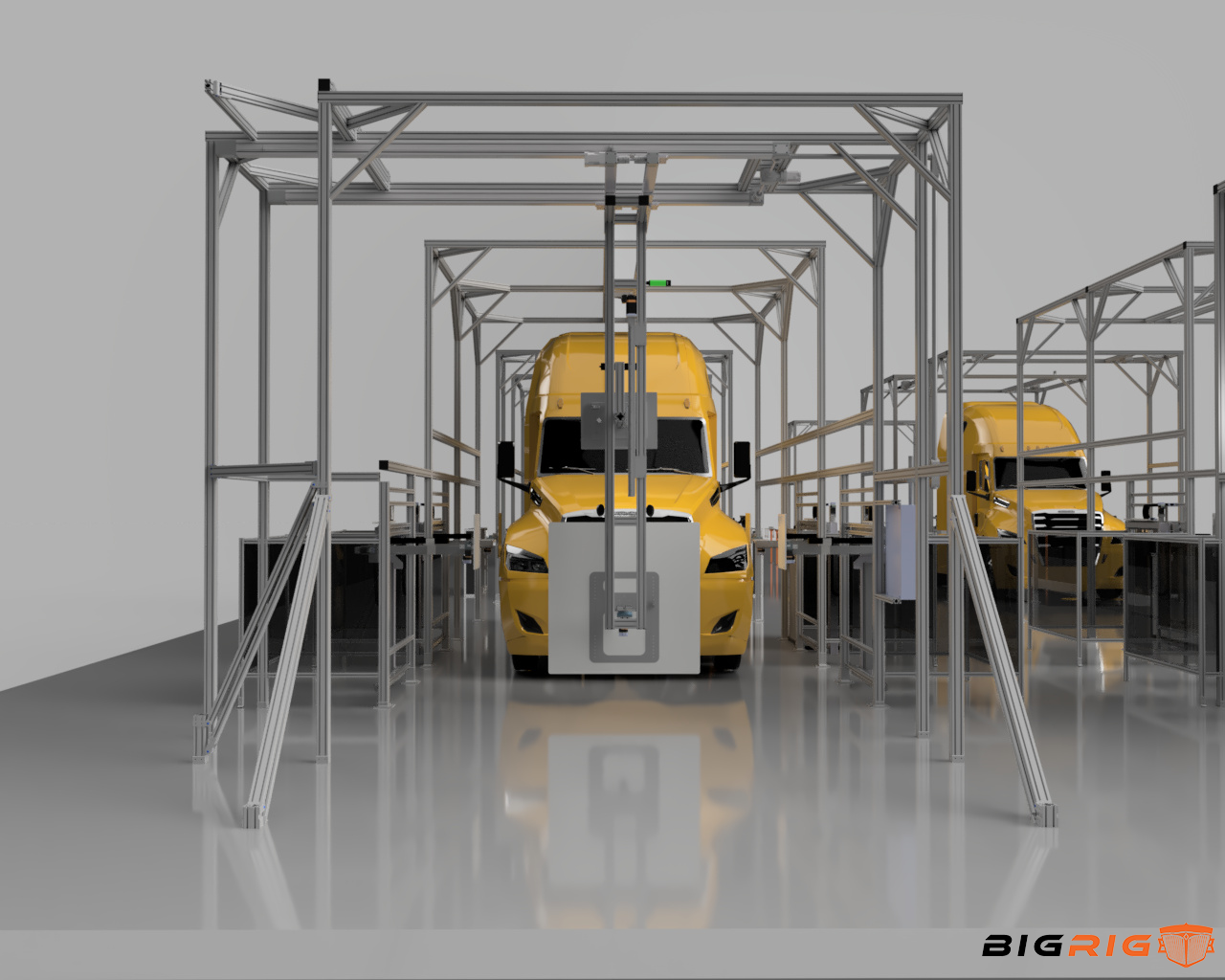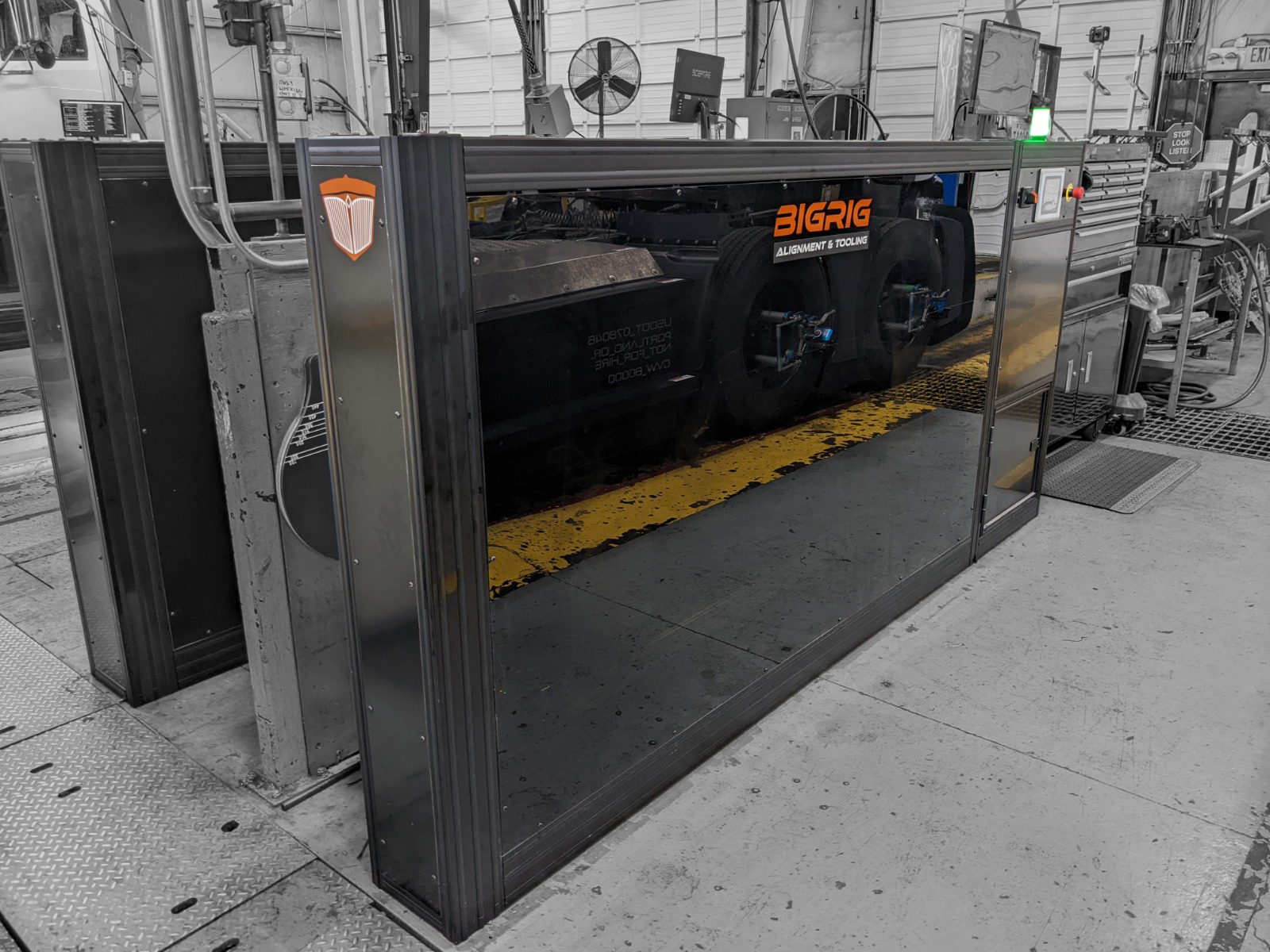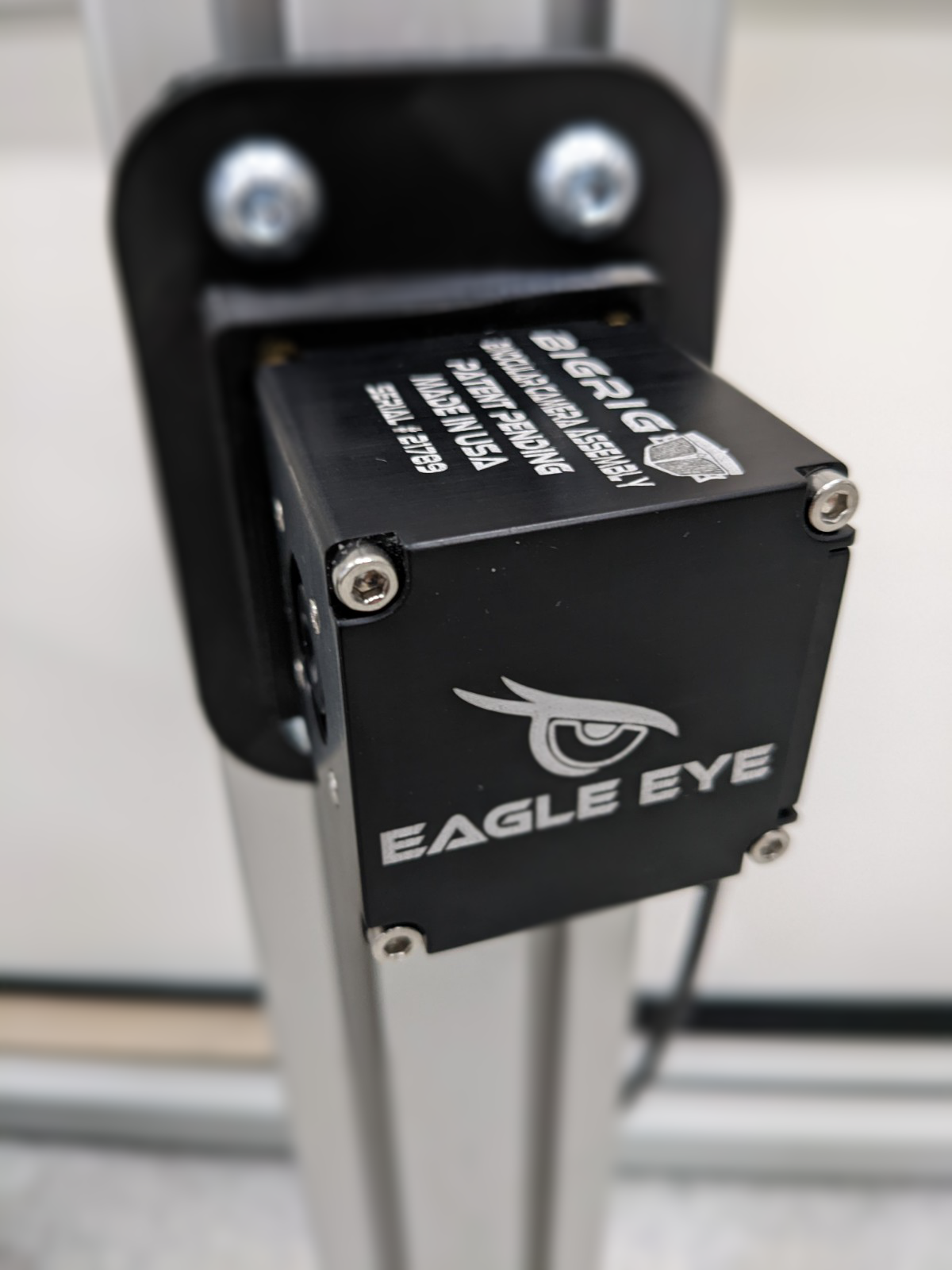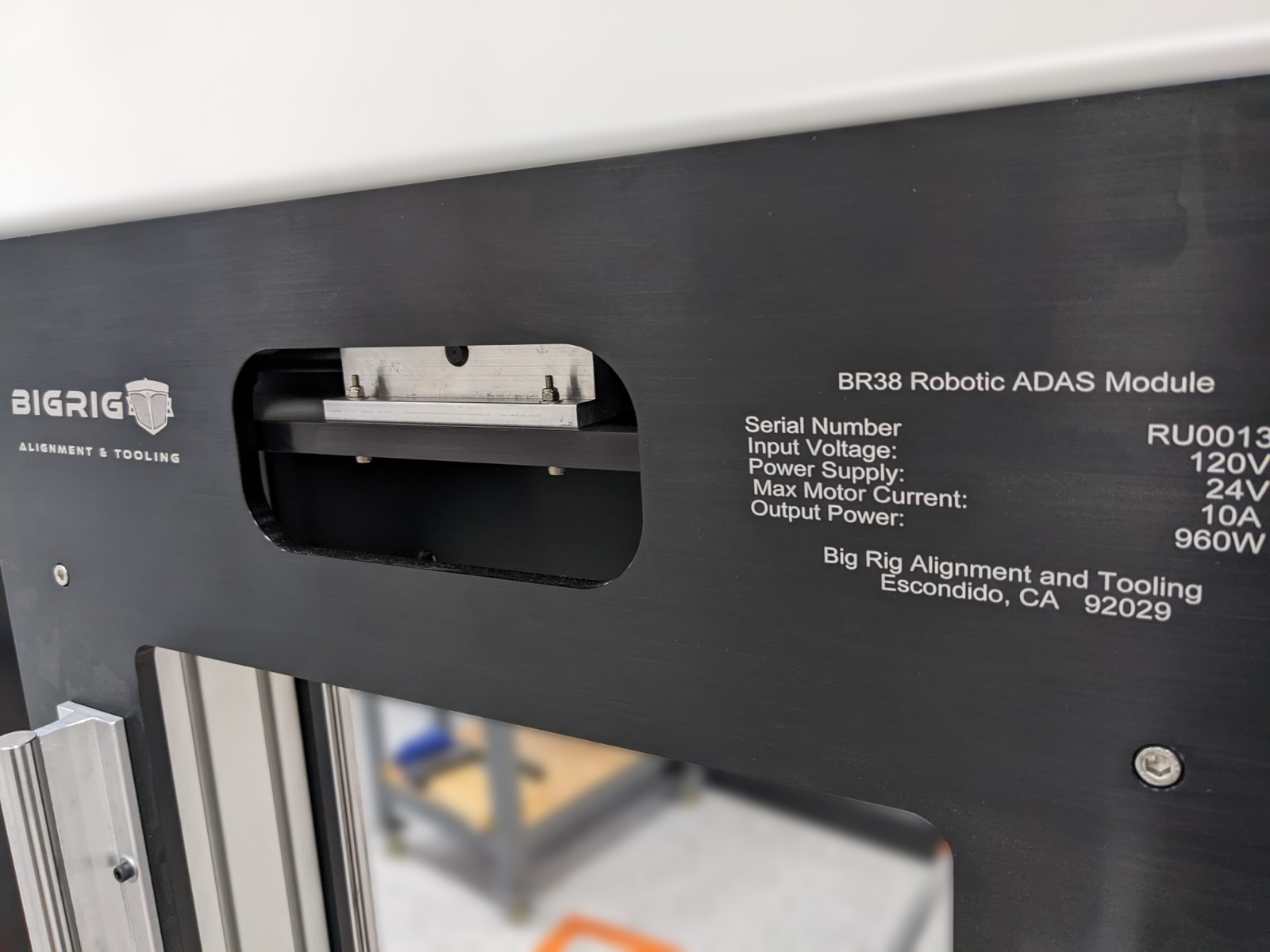
automated adas
ADAS Calibration and Verification for Commercial Vehicle Manufacturers
As an OEM, you have three options for dealing with ADAS systems:
option 3: without Calibration
Vehicle is delivered without calibration, will often display a Malfunction Indicator Light (MIL)
Legal consultation is advised before choosing this option
Not a recommended option
option 2: Dynamic Calibration
Vehicle must be driven several miles while ADAS is in dynamic calibration mode
Requires a CDL driver, an additional passenger using a data link with appropriate software
10-45+ minutes
option 1: Static Calibration
Vehicle is stationary and reference points are measured
Targets automatically position
System enters calibration mode and calibrates
Target automatically return to the parked position
1-4 minutes
Benefits of static ADAS calibration and why we recommend it
Dynamic calibration is not ideal for OEMs due to CDL driver needs, optimized driving area requirements, increased liability, and manual data handling
Static calibration is faster, more reliable, and easier to integrate into production, preferred by OEMs and workshops
Technical Specifications of an automatic system
Minimal factory footprint — Little or no civil work required. Equipment can be relocated if necessary
Flexible integration — many ADAS systems can be installed independent of the wheel alignment area
Global expertise, locally relevant — designs and processes proven in multiple OEM environments, adapted for local manufacturing realities
Fully traceable calibration/verification- for your records
Training and Support- to ensure longevity and productivity for years after installation
We can engineer End-of-Line (EOL) alignment systems, camera calibration solutions, comprehensive ADAS verification setups, and safety system verification.
How our system works
At Big Rig, we specialize in automated static EOL calibration systems independent of wheel alignment, enhancing offline flexibility and speeding up rework for ADAS failures. Every system we build is custom-engineered inhouse because no two manufacturers, or even no two lanes in the same facility have identical needs. Our custom systems reduce labor costs, lower takt times, and increase accuracy and traceability for heavy commercial vehicles.
Designed to be flexible and updateable, our overhead frame angle targets enable ADAS calibrations separate from wheel alignment areas.
For a custom system designed to fit your specific needs contact us to request a quote or assess what we can do for you.
FAQ
-
An automated ADAS (Advanced Driver-Assistance Systems) calibration system is a precision station that verifies and calibrates sensors such as radar, camera, lidar, and ultrasonic modules on commercial vehicles. It uses robotic motion, computer-controlled positioning, and digital feedback to align each sensor to the vehicle’s geometric reference points without human intervention. For OEMs, these systems ensure repeatable accuracy and minimal operator variability at End-of-Line (EOL) or in rework zones.
-
Static calibration occurs while the vehicle is stationary inside a controlled environment. High-accuracy targets are automatically positioned around the vehicle, and the system software initiates the calibration sequence.
Dynamic calibration, in contrast, requires driving the vehicle on public roads under specific conditions so that the onboard system can “self-learn” using environmental cues.
Static calibration is vastly preferred for OEMs because it is faster, repeatable, independent of weather, and easily documented as part of a production-line quality record.
-
Combining wheel alignment and ADAS calibration in one station creates safety hazards, slows takt time, and introduces measurement cross-contamination. The alignment bay is a manual work area with personnel walking around moving machinery, while ADAS calibration requires precision automation and minimal disturbance. Keeping the processes separate allows for automation of ADAS verification and leaves alignment staff free to handle their own workflow.
-
Automation eliminates human variability. Each target, laser, and fixture is moved to a predefined location and orientation referenced from the vehicle’s frame, not its wheels. This ensures sub-millimeter accuracy even if the suspension, tire pressure, or wheel alignment vary slightly. Every movement is recorded, creating a traceable digital audit trail for quality assurance and OEM compliance.
-
Modern automated systems can handle:
Forward radar and camera (MPC)
Rear radar (RDF, SRR22, SRR520)
360-degree camera arrays
Blind-spot radar modules
LIDAR sensors
MirrorCam or side-mounted camera systems
ESC yaw-rate and acceleration sensors (if required in-station)
As ADAS content grows, new modules can be added through modular frames or extended target fixtures.
-
The preferred reference is the vehicle frame or body datum points, not the wheels. Automated vision systems or laser trackers locate specific frame or chassis targets to build a 3D coordinate map. All ADAS components are then calibrated relative to this reference. This approach isolates ADAS verification from mechanical tolerances in wheel alignment.
-
Automated systems position all targets simultaneously, initiate calibration through diagnostic software, and retract fixtures when complete. For Class 7–8 vehicles, complete calibration of multiple systems can occur in under five minutes—compared to 30-45 minutes for dynamic calibration runs. This speed directly improves factory throughput and takt balance.
-
Yes. Automated ADAS lanes are ideal for rework because they allow immediate re-calibration of a single sensor or full system without disassembling wheel-alignment tooling. The automation software can recall stored vehicle models and perform a partial calibration cycle, saving time and avoiding duplication of work.
-
Absolutely. Each system can store multiple vehicle geometries and sensor configurations. Calibration recipes are selected by VIN or model code, and motion profiles adjust automatically. OEMs can expand capability through software updates and modular hardware extensions—no major re-engineering required.
-
Because it delivers speed, safety, accuracy, and scalability. Separation from the wheel-alignment process prevents bottlenecks, while automation ensures repeatability and full data traceability. It supports current ADAS architectures (radar, camera, lidar) and is future-ready for new sensor types. In short, it’s the only configuration that truly aligns with OEM production efficiency and modern vehicle technology growth.
For other questions or to find out more about what we can do visit Explore Big Rig or contact us.










